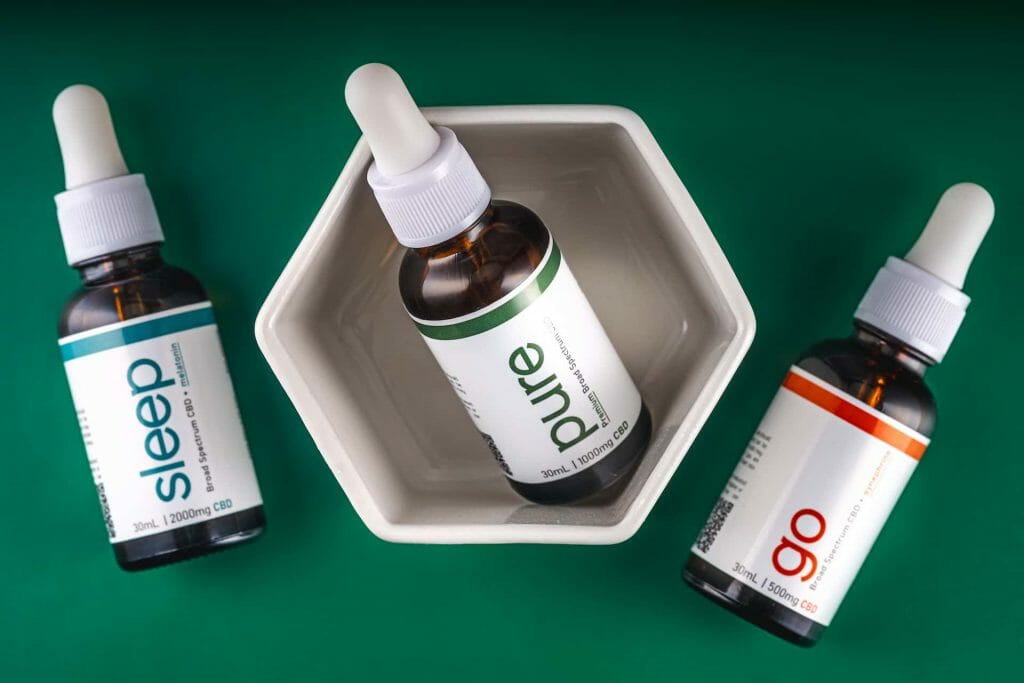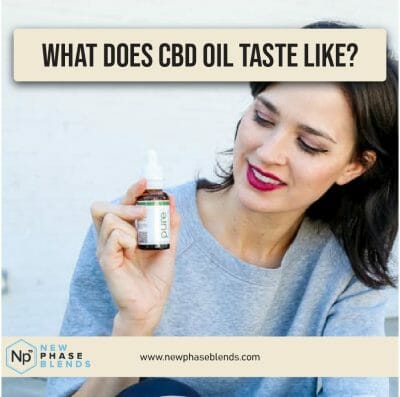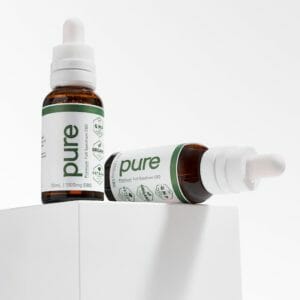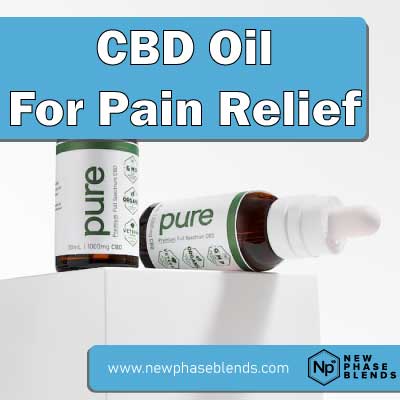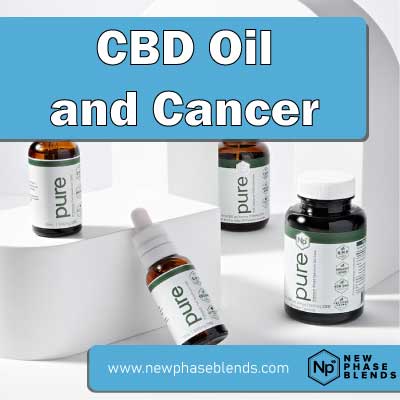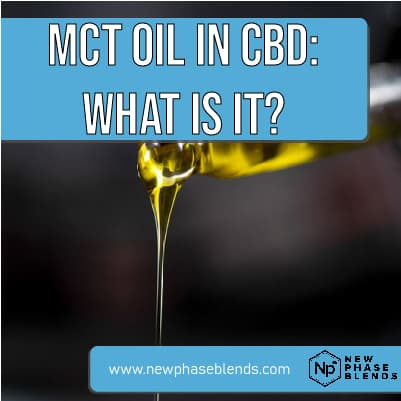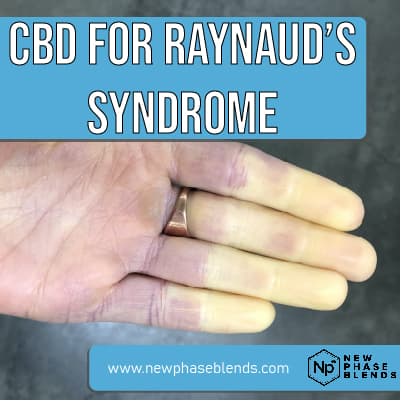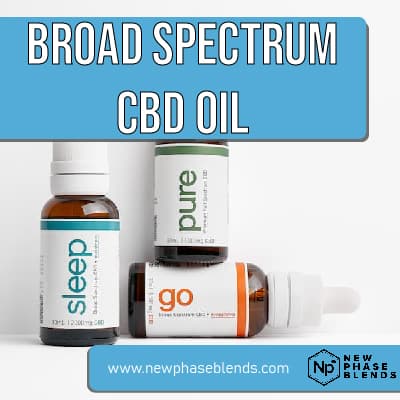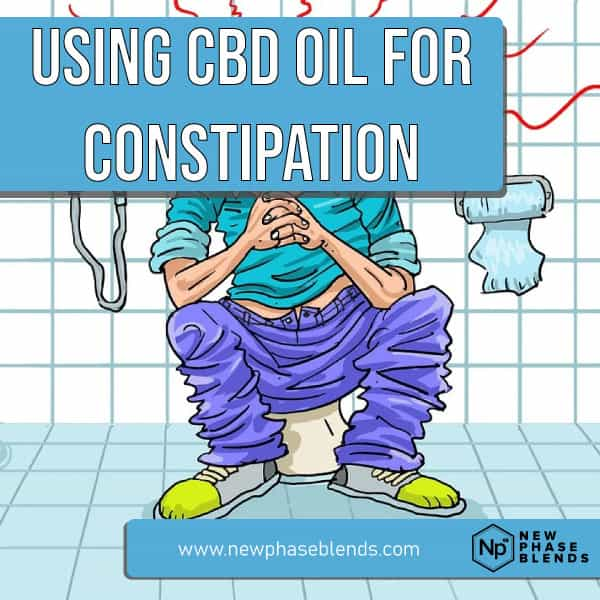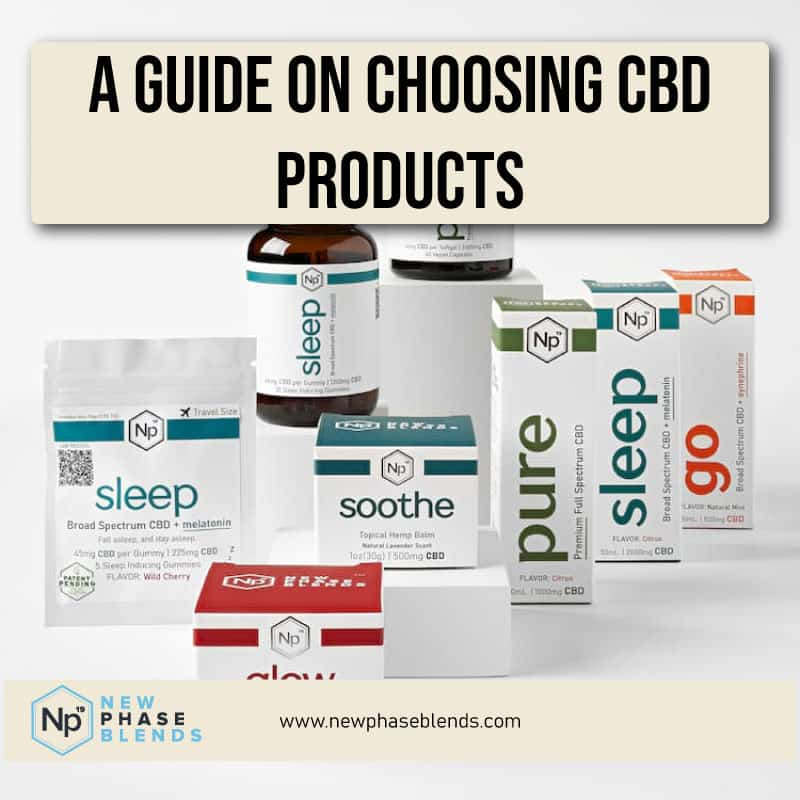As CBD continues to grow in popularity as a wellness supplement, one of the most common questions new users ask is: what does CBD oil taste like? This is a legitimate concern for those exploring CBD products for the first time. After all, if you’re going to be using something regularly for health benefits, you want to know what to expect flavor-wise.
Quick Answer: Unflavored CBD oil typically has an earthy, grass-like taste with nutty undertones. The flavor intensity varies depending on the extraction method, carrier oil, and whether it’s full-spectrum, broad-spectrum, or isolate. Many brands offer flavored options for those who find the natural taste too strong.
Understanding CBD Oil’s Natural Flavor Profile
When we describe CBD oil’s taste, we’re primarily referring to unflavored products that contain just the hemp extract and a carrier oil. Here’s what contributes to CBD oil’s distinctive flavor:
The Base Flavor Profile
The natural taste of CBD oil is commonly described as:
- Earthy: Similar to fresh soil or wheatgrass
- Grass-like: Reminiscent of fresh-cut grass or green tea
- Nutty: With subtle walnut or hemp seed undertones
- Slightly bitter: Particularly with full-spectrum products
According to a 2023 consumer survey by the Natural Products Association, about 62% of first-time CBD users reported the natural taste as “stronger than expected” but not necessarily unpleasant.
Extraction Methods and Taste
The method used to extract CBD from hemp plants significantly influences the final flavor:
- CO2 extraction generally produces a cleaner, milder taste
- Ethanol extraction can leave subtle solvent notes if not properly purged
- Oil infusion methods may retain more of the plant’s chlorophyll, creating a more robust “green” flavor
Expert Insight: “The extraction process is crucial for both potency and flavor. Higher-quality extraction methods preserve the beneficial compounds while minimizing the harsh-tasting plant material,” explains Dr. Sarah Thompson, botanical medicine researcher at the University of Colorado.
How Different CBD Spectrums Affect Taste
CBD products come in three main “spectrum” types, each with a slightly different flavor profile:
Full-Spectrum CBD
Full-spectrum CBD contains all the naturally occurring compounds found in hemp, including:
- Multiple cannabinoids (CBD, CBG, CBN, and trace amounts of THC under 0.3%)
- Terpenes
- Flavonoids
- Plant oils
Taste profile: Full-spectrum typically has the most robust, plant-like flavor. Some users describe a subtle “hempy” aftertaste.
Broad-Spectrum CBD
Broad-spectrum CBD products contain multiple cannabinoids and terpenes but have the THC removed.
Taste profile: Similar to full-spectrum but often slightly milder. The removal of THC doesn’t significantly change the flavor, as THC itself is tasteless in such small quantities.
CBD Isolate
CBD isolate is pure CBD crystal that has been isolated from all other hemp compounds.
Taste profile: Significantly milder than full or broad-spectrum options. CBD isolate has minimal flavor, though it may have a slightly bitter taste when concentrated.
The Role of Terpenes in CBD Flavor
Terpenes are aromatic compounds found in many plants, including hemp. They’re responsible for the distinctive scents and flavors of different plant varieties.
Common Terpenes in CBD Products
- Myrcene: Earthy, musky, similar to cloves
- Limonene: Citrusy, bright
- Pinene: Pine-like, fresh forest scent
- Linalool: Floral, similar to lavender
- Caryophyllene: Peppery, spicy
Research published in the Journal of Cannabis Research (2023) suggests that terpenes may contribute to CBD’s therapeutic effects through what’s known as the “entourage effect.” This means that while terpenes influence flavor, they may also enhance CBD’s benefits.
Currently, researchers have identified over 20,000 terpene varieties in nature, with approximately 200 found in hemp plants. The specific terpene profile of a CBD product depends on:
- Hemp strain used
- Growing conditions
- Harvest time
- Extraction method
- Product formulation
Carrier Oils and Their Impact on Taste
CBD extract is too concentrated to use directly, so it’s diluted with carrier oils. These oils significantly influence the final taste of the product.
Hemp Seed Oil
Flavor contribution: Nutty, earthy taste that complements the natural CBD flavor
Nutritional profile: Rich in omega-3 fatty acids and contains 40% less saturated fat than some alternatives
User experience: Many users appreciate that hemp seed oil comes from the same plant as CBD, creating a “whole plant” experience
MCT Oil (Medium-Chain Triglyceride Oil)
Flavor contribution: Mild, subtle coconut flavor (if derived from coconut oil)
Popularity: Most common carrier oil in commercial CBD products
User experience: Generally well-tolerated flavor that provides a smooth mouthfeel
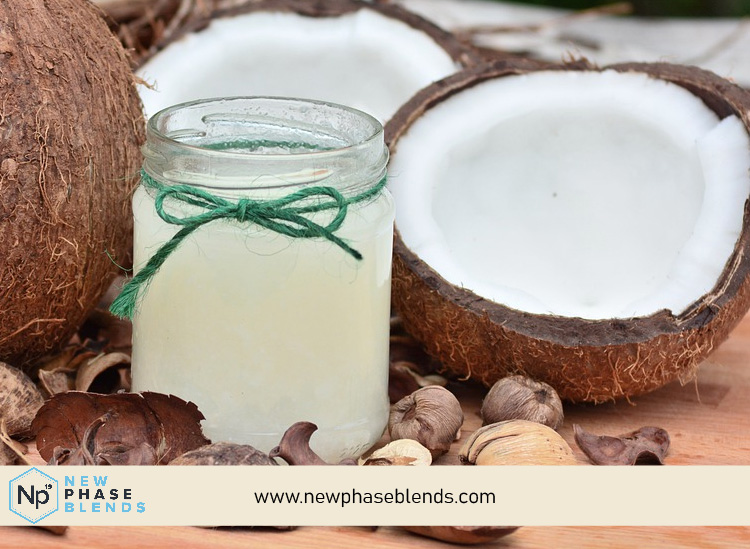
Olive Oil
Flavor contribution: Distinctive olive flavor that may mask some of CBD’s natural taste
Nutritional profile: Rich in monounsaturated fats and antioxidants
User experience: Familiar taste that many users already enjoy in other contexts
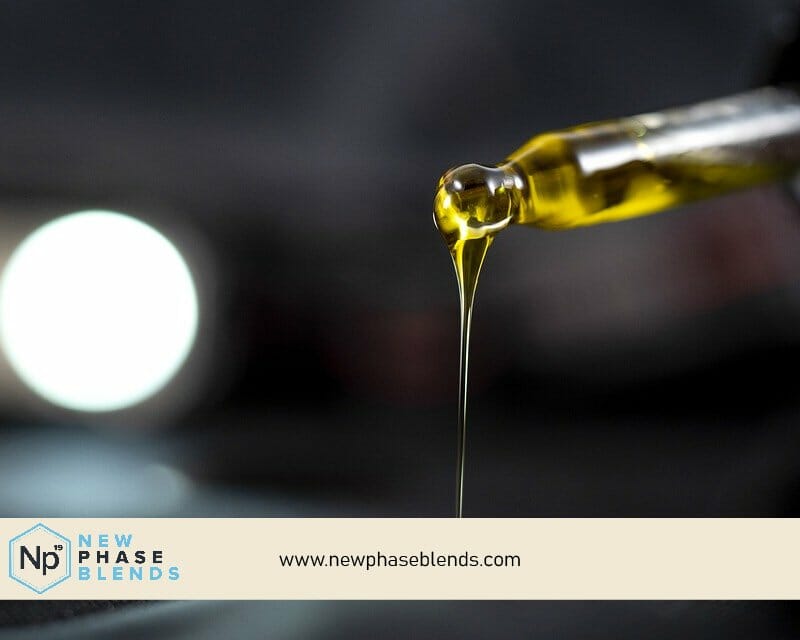
Comparative Analysis of Carrier Oils
| Carrier Oil | Flavor Profile | Stability | Absorption Rate | Common In |
|---|---|---|---|---|
| MCT Oil | Mild, neutral | High | Fast | Tinctures, softgels |
| Hemp Seed Oil | Nutty, earthy | Medium | Medium | Full-spectrum products |
| Olive Oil | Distinct olive taste | Medium-high | Medium | European CBD products |
Added Flavorings: Options and Considerations
Many manufacturers add flavors to CBD oil to improve palatability, especially for new users.
Natural vs. Artificial Flavors
Natural flavors typically come from:
- Essential oils (mint, citrus, cinnamon)
- Plant extracts
- Fruit concentrates
Artificial flavors are synthesized compounds designed to mimic natural flavors.
Safety consideration: While natural flavors are generally preferred, some artificial flavors have been linked to adverse reactions including allergic responses, digestive issues, and headaches. A 2022 study in Food and Chemical Toxicology found that certain artificial flavorings may trigger inflammatory responses in some individuals.
Popular CBD Oil Flavors
Based on market research and consumer preferences, these are the most popular flavoring options:
- Mint/Peppermint – Refreshing, masks hemp taste effectively
- Citrus (orange, lemon) – Bright, uplifting flavor profile
- Berry (mixed berry, strawberry) – Sweet without being overwhelming
- Vanilla – Smooth, complementary to CBD’s natural notes
- Cinnamon – Warming, provides a pleasant sensation
How Consumption Methods Affect Taste Experience
The way you consume CBD affects how intensely you’ll taste it.
Sublingual Administration
This method involves placing CBD oil drops under the tongue and holding for 30-90 seconds before swallowing.
Taste experience: Direct contact with taste buds means you’ll fully experience the flavor. However, because the oil is absorbed through sublingual tissues, proper technique can minimize taste.
Absorption benefit: This method allows CBD to enter the bloodstream directly through the sublingual vein, bypassing the digestive system for faster onset (typically 15-30 minutes).

Swallowing CBD Oil Directly
Some users prefer to place the oil directly on the tongue and swallow immediately.
Taste experience: Brief but intense flavor contact, followed by possible aftertaste
Absorption note: When swallowed, CBD must pass through the digestive system, which reduces bioavailability and delays onset (45-90 minutes)
Alternative Consumption Methods
If taste is a significant concern, consider these alternatives:
- CBD capsules/softgels – Tasteless, consistent dosing
- CBD edibles (gummies, chocolates) – Masked flavor with enjoyable taste
- CBD beverages – Diluted flavor integrated with other ingredients
- Topical CBD products – No taste factor as they’re applied to the skin
Can I mix CBD oil with food to improve the taste?
Tips for Managing CBD Oil Taste
If you prefer to use CBD oil but find the taste challenging, these practical strategies can help:
- Chase with a beverage – Water, juice, or tea can help wash away the taste
- Use a mint or breath freshener before or after dosing
- Try the “sandwich method” – Place the oil between layers of a strongly flavored food
- Brush teeth before use – A clean palate with minty residue can mask the CBD flavor
- Start with smaller amounts and gradually increase as you acclimate to the taste
- Try different brands – Flavor profiles vary significantly between manufacturers
- Consider flavored varieties from reputable producers
Frequently Asked Questions About CBD Oil Taste
Does CBD oil taste bad?
Taste is subjective, but unflavored CBD oil has an earthy, plant-like flavor that some find strong but not necessarily unpleasant. Many users become accustomed to the taste over time.
Will CBD oil leave an aftertaste?
Some CBD oils, particularly full-spectrum varieties, may leave a temporary aftertaste. This typically dissipates within 5-10 minutes and can be managed with beverages, mints, or foods.
Yes, CBD oil can be mixed with foods like yogurt, smoothies, or dressings. However, this may slightly delay absorption compared to sublingual administration.
Do higher potency CBD oils taste stronger?
Generally yes. Higher concentration means more hemp extract relative to the carrier oil, resulting in a more pronounced flavor.
Is there a correlation between taste and quality?
Not necessarily. While extremely bitter or chemical tastes may indicate poor quality, the natural grassy flavor itself isn’t an indicator of quality or potency. Lab testing is the only reliable way to verify CBD content and purity.
Choosing the Right CBD Product for Your Taste Preferences
When selecting a CBD product with taste in mind:
- Consider starting with a flavored option if you’re new to CBD
- Look for products with transparent ingredient lists that use organic flavorings
- Read user reviews specifically mentioning taste
- Start with smaller bottles until you find a flavor profile you enjoy
- Verify third-party testing to ensure you’re getting a quality product regardless of taste
Remember that while taste is important for enjoyment and consistency of use, the primary consideration should be finding a high-quality CBD product that meets your wellness needs
